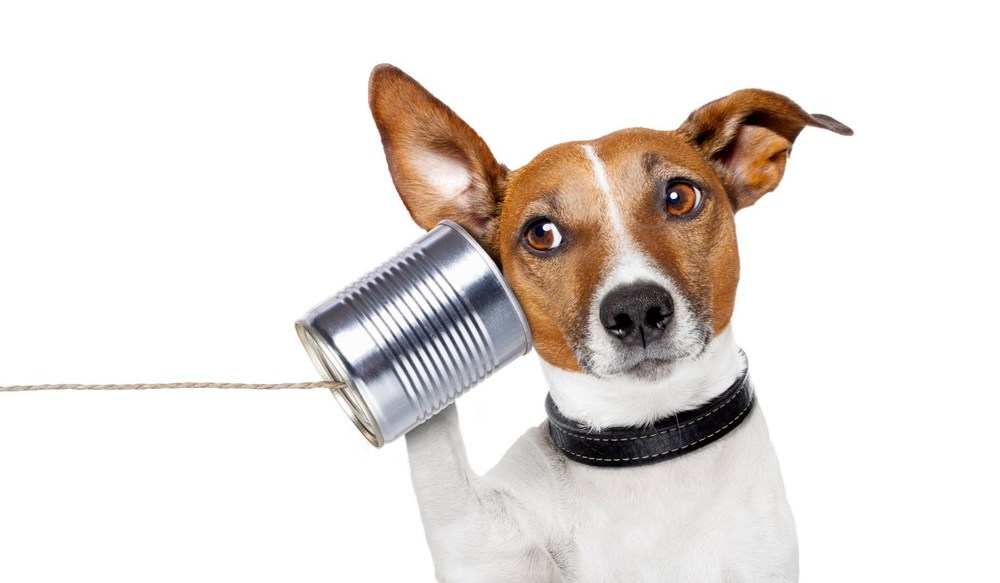When you start using a hearing aid, it’s not just a matter of getting the device and then never thinking about it again. The fitting process is just the beginning of your journey to better hearing. Follow-up care after your hearing aid fitting is crucial to ensure that your device is working well and meeting your needs. In this article, we’ll discuss why follow-up care is important and what you can expect during these appointments. Let’s dive in!
Your Hearing Aid Fitting Follow-Up Is Important
Why Follow-Up Care Matters
Your audiologist wants to make sure everything is working properly and that your hearing aid is benefiting you.
Follow-up care is an essential part of the hearing aid process because it allows your audiologist to monitor your progress and make any necessary adjustments to ensure your device is working optimally. Hearing aids are complex pieces of technology that require fine-tuning to fit your specific hearing needs. Without follow-up care, you may not be getting the most out of your investment in better hearing.
What to Expect During Follow-Up Appointments
Follow-up appointments allow your audiologist to make adjustments to your hearing aid settings and address any concerns you may have.
During your follow-up appointments, your audiologist will evaluate how well your hearing aid is working for you. They may conduct additional tests to assess your hearing ability with the device and ask you questions about your experience using it. Depending on your feedback, they may make adjustments to the settings of your hearing aid to ensure you’re getting the best possible results.
Hearing Aid Adjustments
Your audiologist will fine-tune the settings of your hearing aid to ensure you’re hearing sounds clearly and comfortably.
One of the main reasons for follow-up appointments is to make adjustments to your hearing aid settings. Your audiologist may need to increase or decrease the volume, adjust the frequency response, or modify other settings to improve your listening experience. These adjustments are crucial for making sure your hearing aid addresses your specific hearing loss and preferences.
Troubleshooting Issues
If you’re experiencing any problems with your hearing aid, your audiologist will troubleshoot and find solutions.
If you’re having trouble with your hearing aid, such as feedback, discomfort, or unclear sound quality, your follow-up appointment is the perfect time to address these issues. Your audiologist can troubleshoot the problem and recommend solutions, whether it’s adjusting the fit of the device, replacing parts, or offering tips on how to better care for your hearing aid.
Education and Support
Your audiologist will provide guidance on how to use and care for your hearing aid to maximize its benefits.
Follow-up appointments are also an opportunity for your audiologist to provide you with education and support regarding your hearing aid. They can give you tips on how to use and care for your device, explain its features and functions, and offer advice on adapting to life with a hearing aid. This guidance can help you get the most out of your device and improve your quality of life.
How Often Should You Schedule Follow-Up Appointments?
Regular follow-up appointments are essential for ensuring your hearing aid is working well and meeting your needs.
The frequency of your follow-up appointments will depend on your specific needs and the type of hearing aid you have. In general, it’s recommended to schedule follow-up appointments at least a few times in the first few months after getting your hearing aid. After the initial adjustment period, you may need less frequent follow-ups, such as every six months to a year, to ensure your device continues to function optimally.
Initial Follow-Up Appointments
You may need to schedule follow-up appointments soon after getting your hearing aid to fine-tune the settings.
After your initial hearing aid fitting, you’ll likely have a follow-up appointment within a few weeks to check on how well the device is working for you. This appointment may involve making minor adjustments to the settings or addressing any issues you may have encountered while using the device.
Ongoing Follow-Up Appointments
Regular follow-up appointments are important for monitoring your hearing aid’s performance over time.
Once you’ve had your hearing aid for a while and have adjusted to using it, it’s important to continue scheduling follow-up appointments to ensure your device is working well. Ongoing follow-up appointments allow your audiologist to monitor any changes in your hearing ability and make adjustments to your device as needed.
Tips for Getting the Most Out of Your Follow-Up Care
Preparing for your follow-up appointments will help you make the most of your time with your audiologist.
To make the most of your follow-up care, here are some tips to keep in mind:
Keep a Journal
Recording your experiences with your hearing aid can help you provide detailed feedback to your audiologist.
Keeping a journal of your experiences with your hearing aid can be helpful for tracking any issues or changes in your hearing ability. Note down any problems you encounter, such as discomfort or unclear sound, as well as what settings work best for you. This information can guide your audiologist in making the necessary adjustments during your follow-up appointments.
Ask Questions
Don’t be afraid to ask your audiologist any questions or voice your concerns during your follow-up appointments.
Your follow-up appointments are an opportunity for you to ask your audiologist any questions you may have about your hearing aid. Whether you’re curious about how to care for your device, want more information on a specific feature, or need clarification on something, your audiologist is there to help. Don’t hesitate to voice your concerns or seek guidance during your appointments.
Test Your Hearing Aid
Test the performance of your hearing aid in different environments to provide valuable feedback to your audiologist.
To provide your audiologist with the most accurate feedback on your hearing aid’s performance, test the device in various environments. Pay attention to how well you hear in quiet settings, noisy environments, or crowded places. This information can help your audiologist make adjustments that optimize your hearing aid for different listening situations.
Conclusion
Regular follow-up care is essential for ensuring your hearing aid is working effectively and meeting your needs. By staying engaged with your audiologist and attending follow-up appointments, you can make the most of your investment in better hearing. Remember to communicate openly with your audiologist, ask questions, and take an active role in the care of your hearing aid. With the right support and guidance, you can enjoy improved hearing and a better quality of life.
With regular follow-up care, you can ensure your hearing aid is always optimized for your specific needs and preferences. Your audiologist is your partner in this journey to better hearing, so don’t hesitate to reach out with any questions or concerns. By staying engaged and proactive, you can enjoy the full benefits of your hearing aid and experience the world with clearer, more comfortable sound. Remember, your journey to better hearing is ongoing—let your follow-up care be a key part of that journey.




